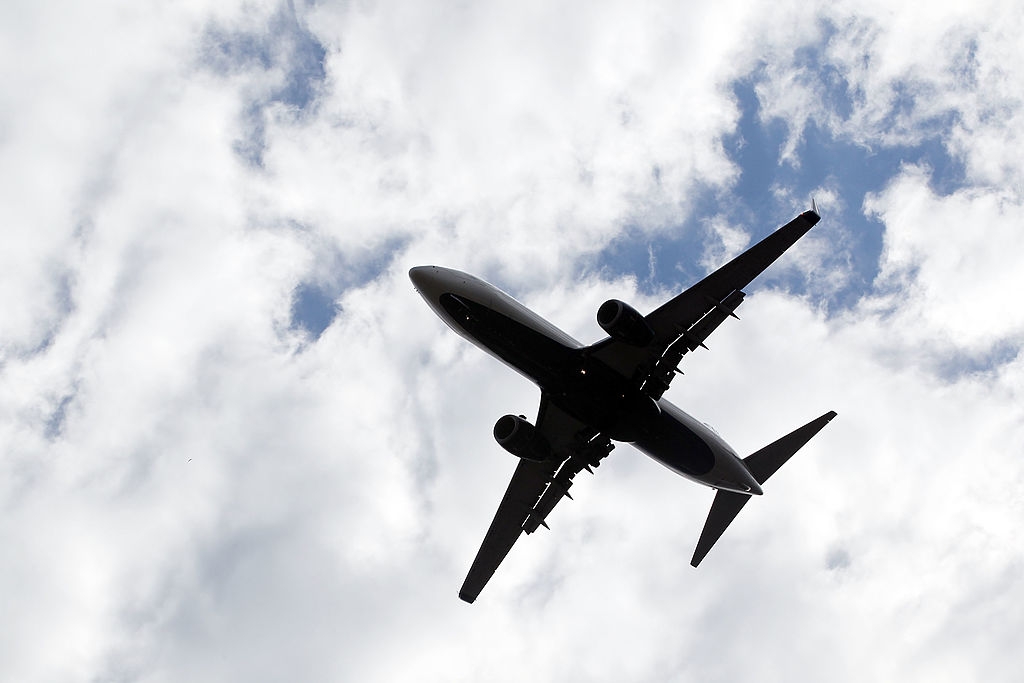Is the aeroplane the most dangerous technology we’ve invented? Not because of bombs, climate change or crashes on cities, but because of how quickly a virus can spread around the globe.
Daniel Defoe’s A Journal of The Plague Year was published in 1722. Defoe was only five during London’s Great Plague but his verifiable narrative described its transport on Dutch shipping, recording his mathematical analysis predicting the spread of disease. He stated the need for self-isolation and how youths in pubs ignored social distancing. Infected people were confined for 40 days — hence ‘quarantine’.
Modern scientists suggest Covid is unique, as people are infectious days before they have symptoms. But 300 years ago, Defoe described something similar. Streets became deserted, parliament shut down and the central government was useless. The poor suffered most, but the Lord Mayor and local government provided essential support, including food. Quacks offered expensive, hopeless cures (no mention of bleach), there was rising mental ill-health and the bravery of nurses was remarkable.

Get Britain's best politics newsletters
Register to get The Spectator's insight and opinion straight to your inbox. You can then read two free articles each week.
Already a subscriber? Log in






Comments
Join the debate for just £1 a month
Be part of the conversation with other Spectator readers by getting your first three months for £3.
UNLOCK ACCESS Just £1 a monthAlready a subscriber? Log in